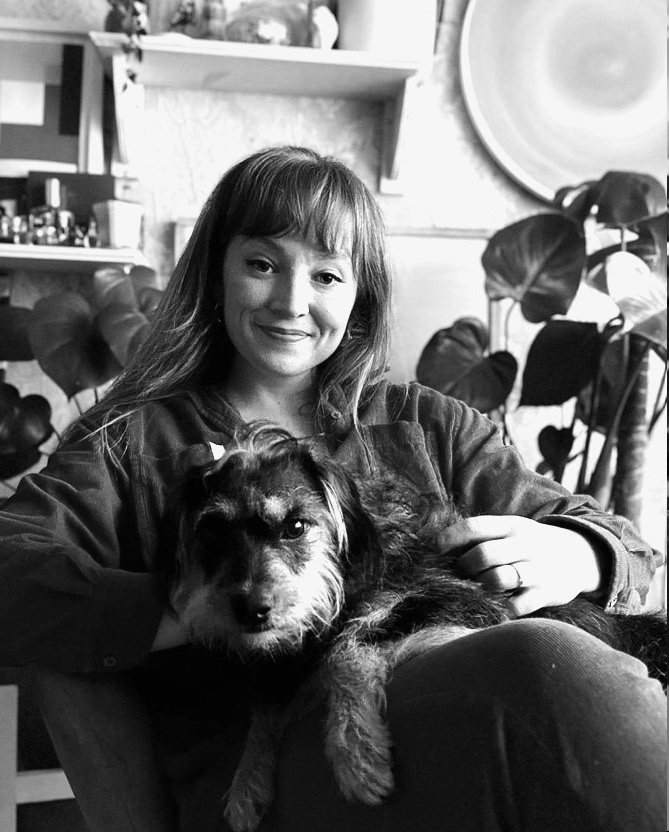Inside the White Cube: The Ideology of the Gallery Space
Exhibition spaces are more than just the objects placed within a room. The modern space consists of white décor and wooden floorboards. If you’re extra lucky – on the odd occasion – the flooring may be marble or vinyl. Nonetheless, the common theme of clinical colour palettes and 'traditional' display methods have integrated and infiltrated the gallery space since the twentieth century. As a viewer, have you ever considered the space in which not just the art, but you exist? Your being is much more than simple existence within a construct, the relevance of existence and presence contributes to the environment. Essentially, without presence the space or artwork is deemed incomplete. Without architecture or industrialised mechanisms, the space would not exist. Gallery spaces act as the host of display realised within a political institute, an element many disregards when visiting exhibitions. The twentieth century has witnessed a phenomenon in creation and a rise in artists that consider incorporating a sense of spatial manipulation within their methodological practices. The need to consider and alter the space art and we, exist, is an attempt to deter the gallery’s truest representation of simply four white walls and a wooden floor. Artist’s are realising that the space exemplifies the artwork as opposed to simply ‘housing’ the show.
Brian O’Doherty wrote the influential book, ‘’Inside the White Cube: The Ideology of the Gallery Space’’ (1976) Within this text, he draws out the relationships between economics, social context and aesthetics within the gallery space. The sections within the book were previously published as separate essays in Artforum magazine.
In “Notes on the Gallery Space,” O’Doherty points out the importance of the gallery space throughout the history of modernism. Many theorists during the twentieth century hinted that artworks created throughout that era lost its sense of value regarding logic. Rosalind Krauss is a very fitting reference when discussing this transition to modernism. In her writing, ‘’Sculpture in the Expanded Field’’ she discusses a loss of logic when suggesting that an Auguste Rodin monument was the catalytic paradigm that shifted a monuments logic from tradition. Modernism within art practice, abstracted art objects, seeing a more concerned approach with situational value and experience as opposed to simply placing an artwork within a gallery on a plinth. One could argue that both Krauss and O’Doherty’s theorems link exclusively when conversing about a modernist take on space and art.
O’Doherty describes the white space as a reflection of twentieth-century society. Suggesting that the gallery space exemplifies a social, financial and intellectual snobbery with art objects purely being a decorative integration. His writing is an extremely important factor to consider when researching the transitional history of the gallery space. It emphasises the necessity to reflect upon the institute in which the art exists and the role of the artist in relation to the exhibition. The four white walls may appear to be for presentational purposes but encapsulate much more than that. The white cube emerges as a product of capitalist consumerist approach to art, a notable perspective to consider when thinking about a gallery space today. The foundation the gallery is built represents much more than just the art it houses. O’Doherty’s writing is a must have for those willing to explore the ideologies of the four white walls.
A hardwood floor white cube space at Waddington Custot in London: https://www.wikiwand.com/en/White_cube_gallery
